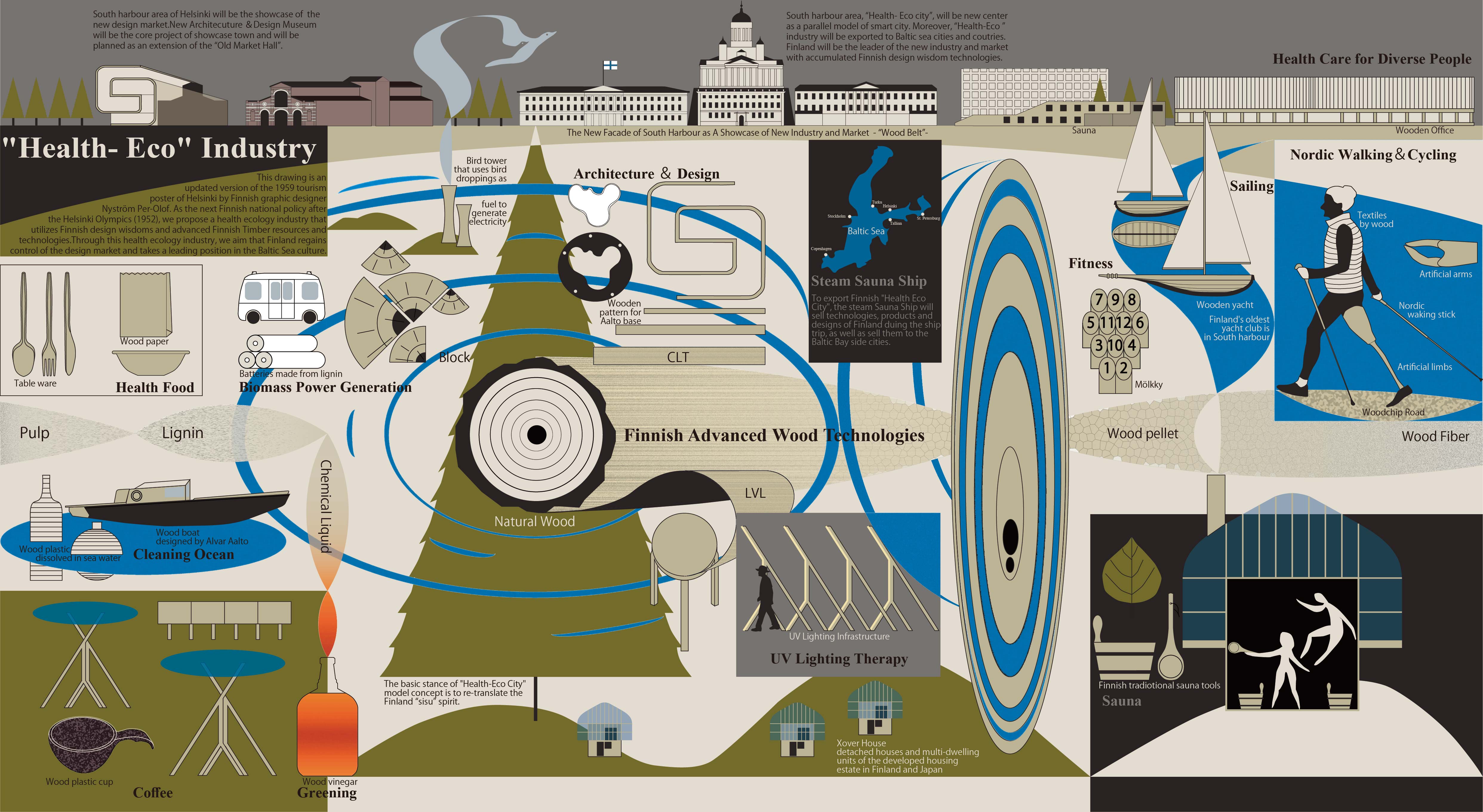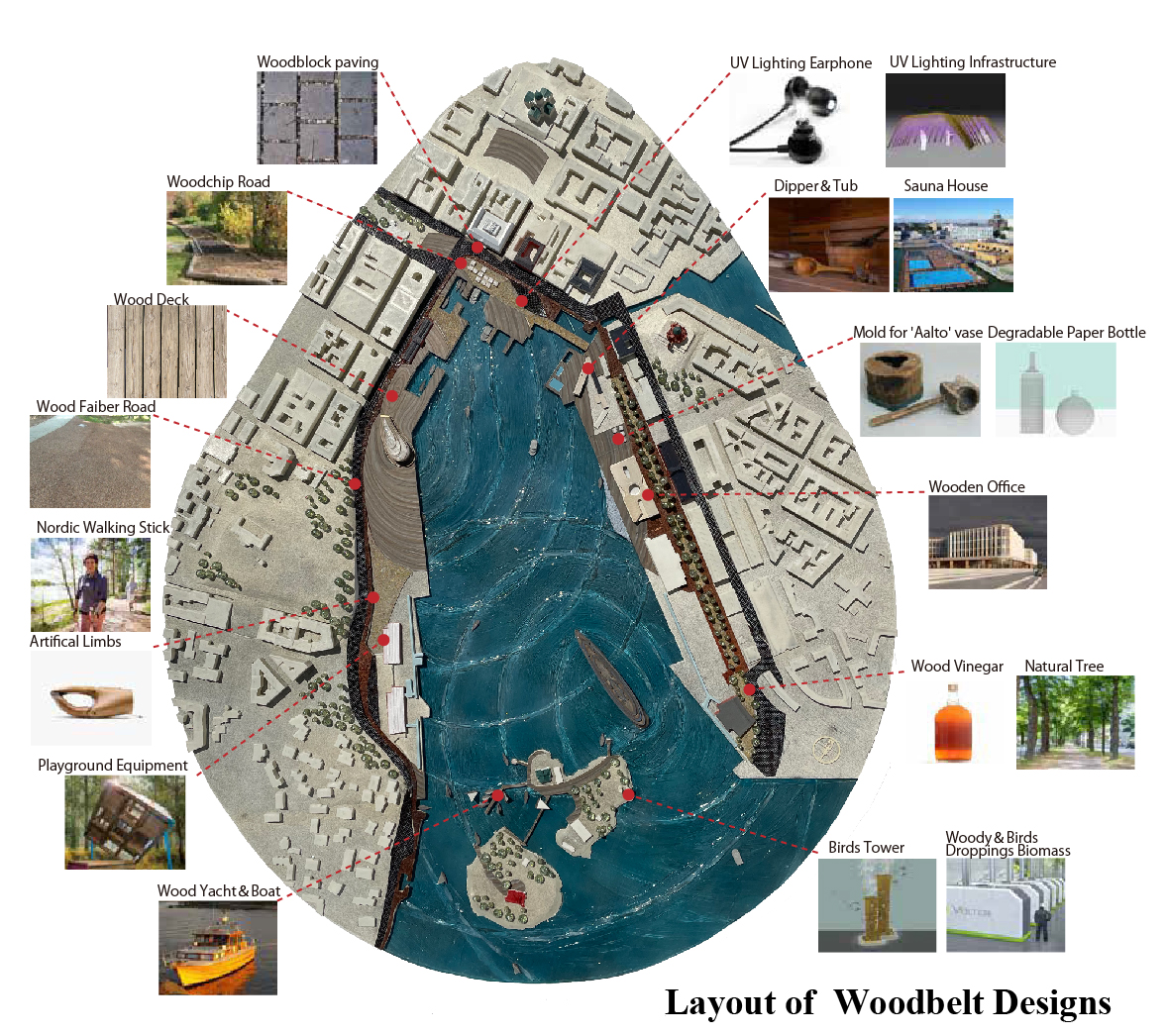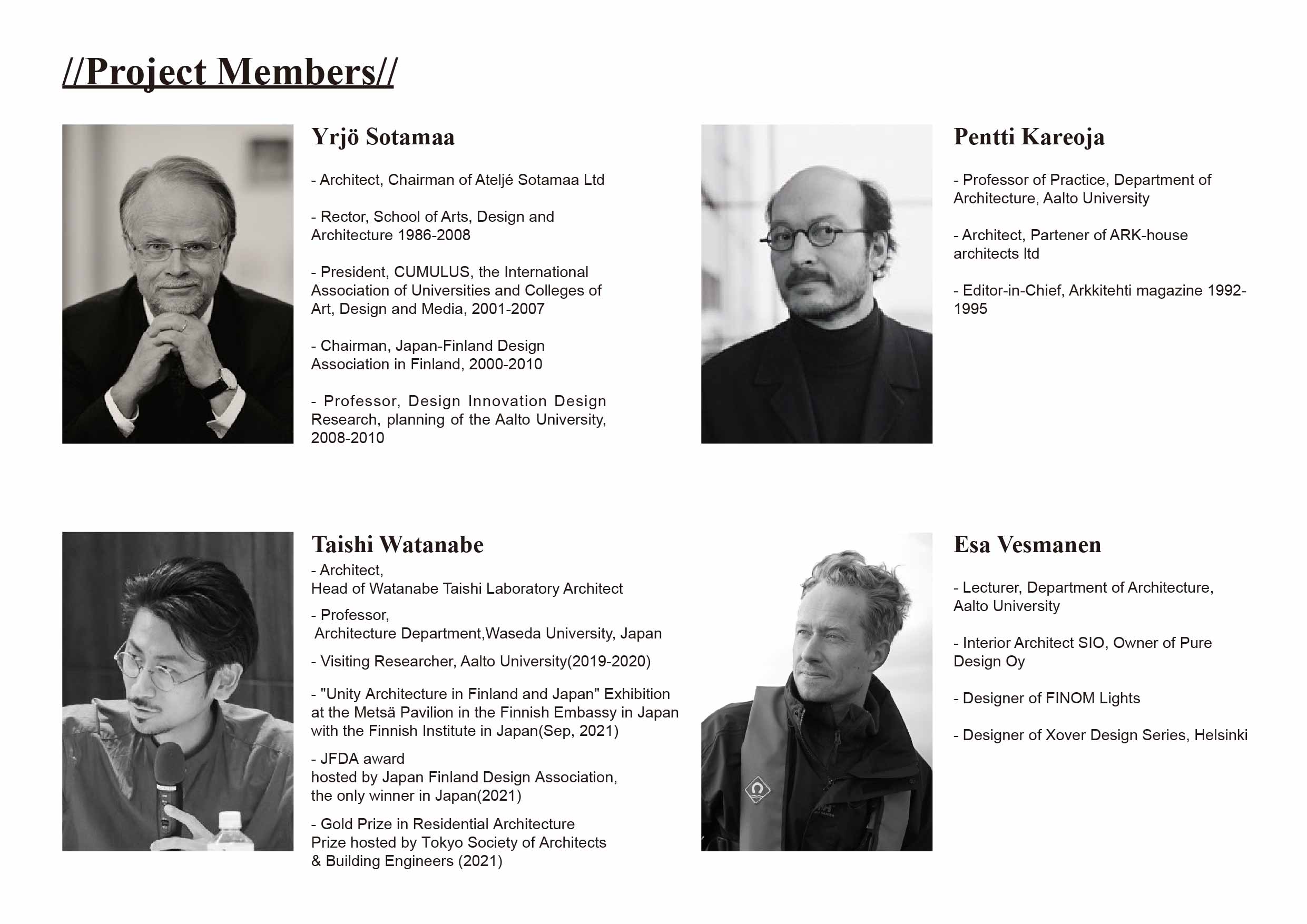Drawing of “Health-Eco” Industry


This drawing is an updated version of the 1959 tourism poster of Helsinki by Finnish graphic designer Per-Olof Nyström.
As the next Finnish national policy after the Helsinki Olympics (1952),
we propose a health ecology industry that utilizes Finnish design wisdoms and advanced Finnish Timber resources and technologies.
Through this health ecology industry, we aim that Finland regains control of the design market and takes a leading position in the Baltic Sea culture.
Through this health ecology industry, we aim that Finland regains control of the design market and takes a leading position in the Baltic Sea culture.
この絵図は、フィンランドのグラフィックデザイナーであるパー・オロフ・ニューストロンが1959年に描いたヘルシンキ市の観光ポスターの更新版です。
ヘルシンキオリンピック(1952年)の次のフィンランドの国策として、フィンランドデザインの蓄積と豊富な木材資源・技術を活用した健康エコロジー産業を提案します。
この健康エコロジービジネスを通してデザインマーケットの主導権を取り戻し、バルト海文化圏の中でフィンランドが先導的地位を再び担っていく未来を目指します。
この健康エコロジービジネスを通してデザインマーケットの主導権を取り戻し、バルト海文化圏の中でフィンランドが先導的地位を再び担っていく未来を目指します。
Published on 30th December, 2021


